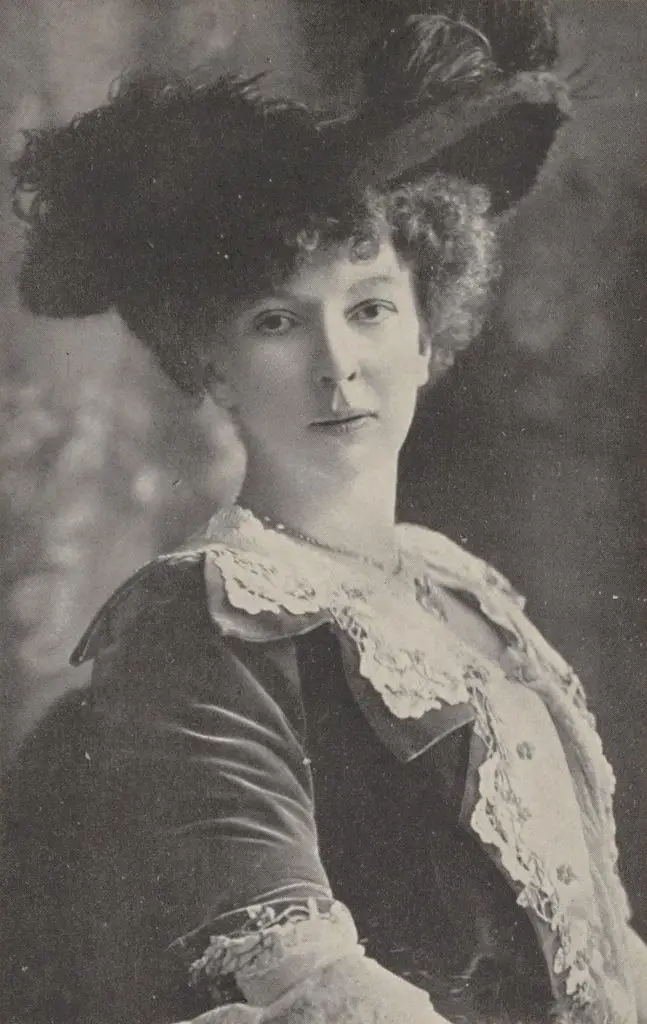
Cécile Chaminade (1857-1944)
Cécile Chaminade was a French composer and pianist who made significant contributions to late Romantic music. Known for her charming and melodic style, Chaminade’s compositions were widely popular during her lifetime, and she holds a special place in flute repertoire.
Cécile Louise Stéphanie Chaminade was a pioneering French composer and pianist whose works earned her significant recognition and admiration during her lifetime. Born on August 8, 1857, in Paris, Chaminade exhibited musical talent from a young age, receiving her initial instruction from her mother, a talented pianist. Despite societal norms discouraging women from pursuing professional careers in music, Chaminade’s father supported her musical education, allowing her to study with prominent teachers such as Félix Le Couppey, Martin Pierre Marsick, and Benjamin Godard.
Chaminade made her concert debut at the age of 18 and quickly gained a reputation as a brilliant pianist and composer. Her compositions were well-received, and she became known for her melodic and charming style, which appealed to both audiences and critics. Chaminade’s output was prolific, including piano works, chamber music, orchestral pieces, and vocal music. Some of her most popular compositions include the “Concertino for Flute and Orchestra,” Op. 107, the “Scarf Dance” (Pas des Écharpes) from her ballet “Callirhoe,” and numerous piano miniatures such as “Automne” and “Sérénade.”
Throughout her career, Chaminade’s music was widely performed and published, and she achieved considerable fame in Europe and the United States. She was the first female composer to be awarded the Légion d’Honneur in 1913, a testament to her significant contributions to the world of music.
Chaminade’s music was characterized by its lyrical quality, elegant form, and expressive melodies. While her style was rooted in the Romantic tradition, her works often featured elements of the emerging Impressionist movement. Despite her success, Chaminade faced the challenges of being a female composer in a male-dominated field, and her music was sometimes dismissed by critics as being overly sentimental or lightweight. However, her popularity with audiences endured, and she maintained a successful performing career until health issues forced her to retire in the 1920s.
Cécile Chaminade passed away on April 13, 1944, in Monte Carlo, leaving behind a rich legacy of compositions that continue to be celebrated and performed today. Her work has experienced a revival in recent years, with renewed interest in her contributions to the musical canon and recognition of her role as a trailblazing female composer.
Notable Flute Works
Concertino for Flute and Piano, Op. 107 (1902): This is Chaminade’s most famous flute composition, written as a test piece for the Paris Conservatoire. The Concertino is celebrated for its lyrical melodies, virtuosic passages, and expressive depth. It is a staple in the flute repertoire and a favorite among flutists and audiences alike.
Pièce Romantique: Another beautiful work for flute and piano, it showcases Chaminade’s gift for melody and her ability to write engaging, expressive music.
Serenade aux Étoiles: This piece for flute and piano highlights her ability to create enchanting and atmospheric music, reflective of her romantic style.
Style and Influence
Chaminade’s music often combines lyrical elegance with technical demands, making her works both enjoyable to play and listen to. Her compositions reflect the Romantic era’s emphasis on expressive, emotive music, and her works for the flute are no exception. They are characterized by rich harmonies, flowing melodic lines, and a nuanced use of the instrument’s capabilities.
Legacy
Chaminade’s Concertino remains a beloved piece in the flute repertoire, frequently performed in concerts and competitions. Her contribution to flute music has ensured her lasting legacy in the classical music world. Chaminade was a pioneer for female composers, and her success in a male-dominated field paved the way for future generations of women in music.
This event has passed.
Birthday of Cécile Chaminade

